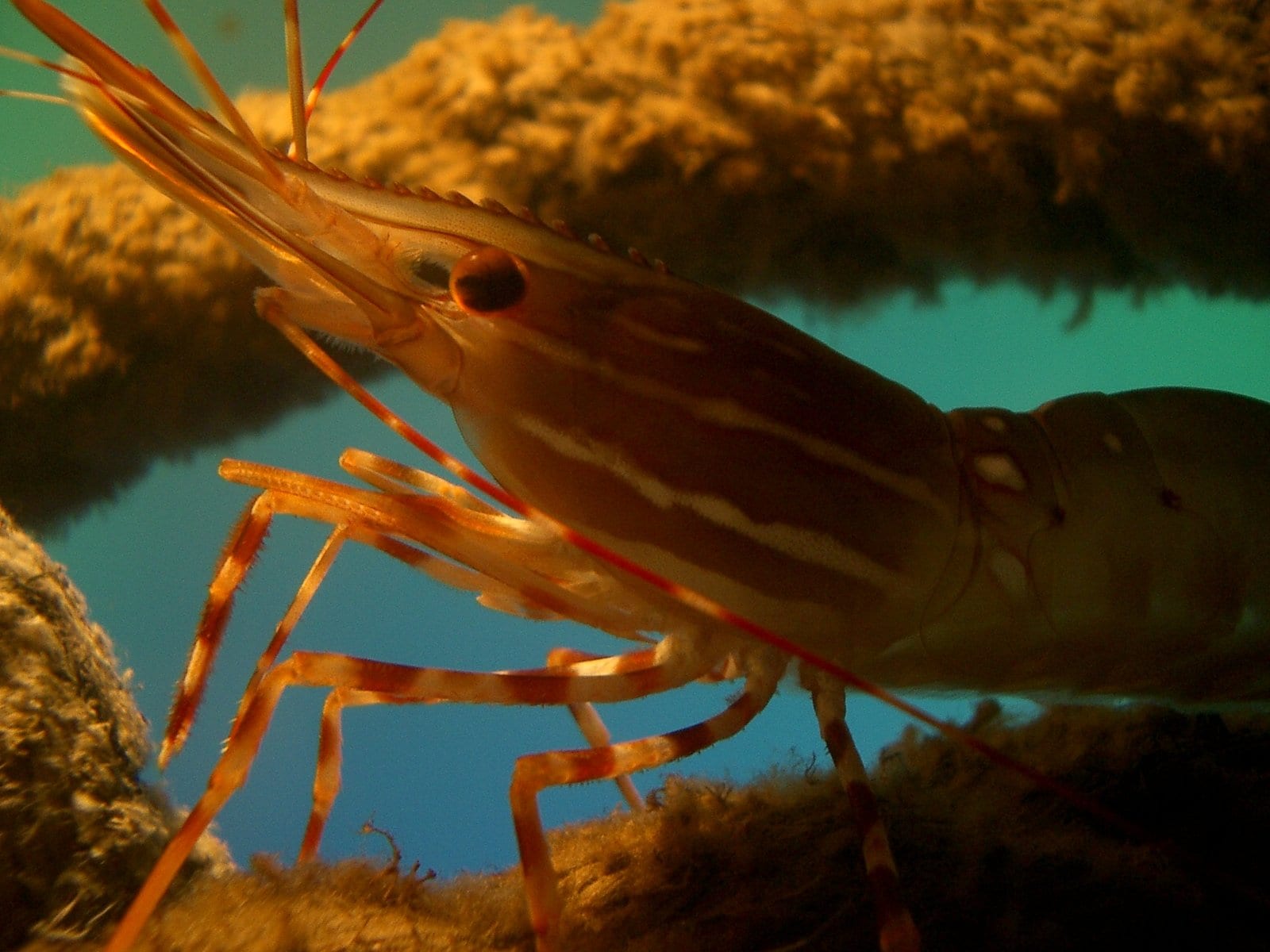Update on Thailand Shrimp Production – Q1 2020
- Category:
- Aquaculture
- General News

In order to plan for feed demand, it is important to understand the current situation of Thai shrimp production.
USSEC Thailand Technical Manager-Aquaculture Chuchai Kanjanamayoon provided an update on 2020’s first quarter, spanning from January to March.
Last year, Thailand’s total shrimp production was 317,839 metric tons (MT). The country estimates production to be 10% lower this year. Total shrimp production was slightly lower by 4.7% in Q1 when compared to Q1/2019. Most of its regions were also reduced except the Lower-South Gulf, which increased 11.4% with total production of 7,459.5 MT.
Total shrimp post larva stocked 7,528.5 million in Q1/2020, a 19.7% drop when compared to the same quarter of 2019. Monodon shrimp was stocked 324.4 million and Vannamei was stocked 7,204.1 million, decreases of 12.1% and 20% respectively. Most of the regions reduced stocking except Lower South – Andaman, which increased by 3% with a total of 2,079.8 million post larva.
Shrimp exports of fresh, chilled, frozen, and processed prawns (excluding canned shrimp) during the first quarter totaled 27,399 MT, an increase of 1.8% compared to the same quarter of 2019 (26,909 MT). Frozen-fresh shrimp totaled 18,269 MT, a 19.4% increase compared to the same quarter last year. Processed shrimp decreased 9,130 MT, a 21.4% reduction compared to the same quarter last year.
Strengths of Thailand’s Shrimp Industry
Weaknesses of Thai Shrimp Industry:
Strategies:
Thailand’s Department of Fishers says it is striving to improve all areas for the best quality shrimp products for the world’s customers. Improving the production and quality in Thailand will benefit the country’s feed industry. Buyers’ understanding of the Thai shrimp industry will improve their confidence in increasing shrimp purchases from Thailand, further growing the industry.
Currently, the inclusion of U.S. soybean meal in aquafeed in Thailand is about 20 to 30%. Feedmills and importers are working together to monitor the demand and supply of U.S. Soy.

